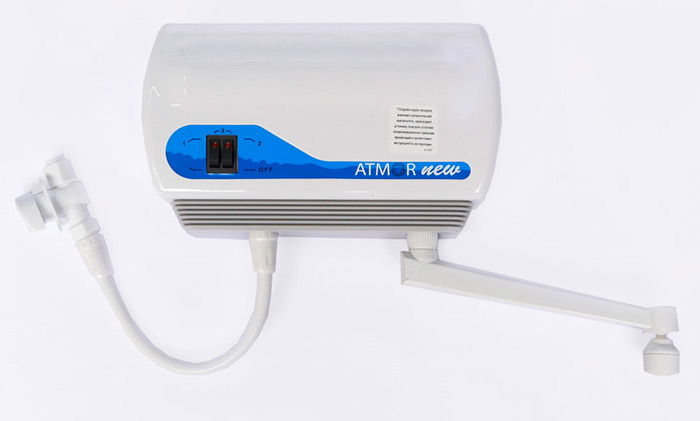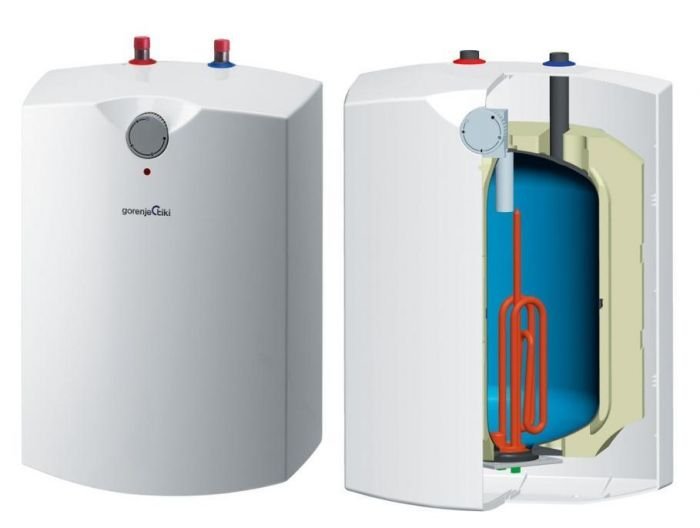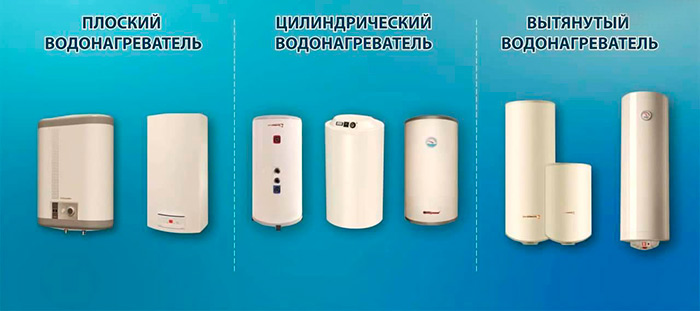Sections of the site
Editor's Choice:
- How to unlock ariston washing machine
- Pros and cons of LED lighting
- Pulse relay: device and connection
- How to calculate the illumination of a room with LED lamps?
- Plastic box - do-it-yourself aesthetic view of electrical wiring
- Electricity consumption of a warm floor: electric and film
- Installing a pump in a well: how to properly install pumping equipment
- Electrician Toolkit Overview
- How to choose a water heater: the most complete list of evaluation criteria
- 1 acoustics on the example of Sven SPS-860 and Realtek ALC889 codec
Advertising
| How to choose a good boiler: types and features |
|
In modern living conditions, a boiler is no longer considered a luxury and a waste of money, but, on the contrary, is gradually becoming a necessity. With the constant shutdown of hot water or the absence of centralized water supply in areas remote from civilization, many people have to think about buying an autonomous water heater. But, before going to the store, let's figure out how to choose the right boiler and what types of this device exist. The choice of a boiler is based on several important points:
What types existThere are several types of electric water heaters with their own advantages and disadvantages: CumulativeThese are capacious water heaters, which were originally designed for a large supply of hot water. Such a boiler is installed in the bathroom or in the toilet. They consist of a tank with thermal insulation and a heating element with a temperature sensor. After cooling, the water is periodically heated up to the programmed temperature. This type of boiler is convenient in that it is suitable for a large family and can act as a water heater for a shower. There is also a significant drawback in this type of boiler - it is very important to guess with the right volume, because when heating an excess amount of water, the electricity consumed by the boiler will not be justified and a tank that is too large will be unprofitable. At the same time, a small storage boiler will create inconvenience due to the constant lack of hot water. FlowingThese devices are distinguished by their compactness and quick heating, after opening the tap, hot water immediately flows, but if flows from several sources open, there may be interruptions, since the water will not have time to heat up immediately. The simplest models of such devices spend up to 5 kW, but you won’t be able to use them for swimming. The maximum for which they are suitable is for washing dishes or hands.
Comparison of both typesTo understand which boiler is better, in each individual case it is recommended to calculate in advance the approximate volume of hot water used.
For other purposes, it is better to give preference to the storage type - it is easier to connect and does not require as much energy as the first option. What is the difference between boilersWith a flowing water heater, everything is clear - it is small in size, practically does not require attention to itself, and its choice is based on differences in models in terms of quality and power. But with the storage device, everything is not so simple. These water heaters have different variations in several parameters. A heating elementVarieties of heating elements are divided into: Dry - no contact with water. It has a larger heat transfer zone and protection against scale in the form of a special flask. For heating to occur, it does not need to be heated to the limit, thanks to which it has a longer service life. But at the same time, of course, it costs almost twice as much. Wet - immersed in water. This is a copper heater similar to a boiler. Due to the lack of protection, scale collects on it, as a result of which thermal conductivity decreases and the water begins to heat up longer, which leads to device failure.
Inner lining material
Form
DimensionsThe standard diameter of the water heater tank is 45 cm. As a rule, only the length differs due to the capacity. Eg:
ControlMechanics. These are the simplest boilers to operate, which are controlled by a rotary knob. They are cheaper and suitable for houses with unstable mains voltage. Electronics. These modern models, as a rule, have very wide functionality and additional features. They can be self-programmed, there are self-learning options for automatically setting the temperature to the preference of the owner, an economy mode and hypothermia protection are provided. Such boilers belong to the premium class of climatic equipment and have a corresponding cost. How boilers workThe accumulative water heater according to the principle of operation can be correlated with a thermos, which has heating. The heating element receives electricity and heats up, water enters the lower part of the boiler and heating occurs evenly due to the fact that the already heated water rises. The jet divider is responsible for the temperature distribution. Also, the boiler has a protective thermostat, which is triggered when the required temperature degree is reached, and then the heating element is turned off until the water cools down by a few degrees.
Boiler selection
When buying a boiler, it is important to remember that not only the choice affects the quality of the device, but also its care during operation. We must not forget about the annual check of the safety valve, additional cleaning and desalination for hard water. We also recommend sterilization once a month (to destroy harmful bacteria), which tend to multiply in warm water. To do this, it is enough to turn on the water heater at the maximum heating temperature. |
New
- Tonsillitis in adults - what is it, symptoms and treatment, causes, photos and first signs What is throat tonsillitis
- Diseases of the male genital area Chronic inflammatory diseases of the female genital area
- Signs of gastric and duodenal ulcers
- Prostate cancer of the fourth stage: the possibilities of modern medicine
- What is useful lemon water for weight loss, face, hair
- How to talk to a girl and not seem boring What is the best way to communicate with girls
- Foods rich in zinc
- Is the treadmill an indispensable exercise machine or just a complicated toy?
- Kievan Rus: education and history
- What vitamins are good for facial skin?









